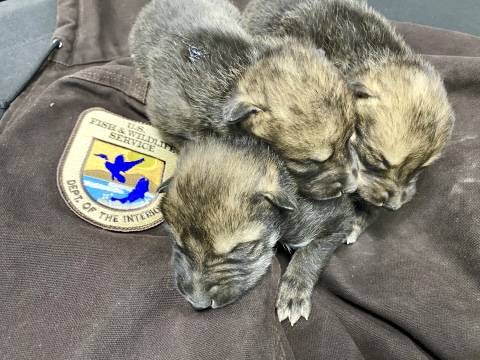
Good News! Six Cross-Fostered Mexican Wolf Pups May Be The Key For The Recovery Of Their Species In Arizona & New Mexico
By Lauren Lewis
You can help all animals and our planet by choosing compassion on your plate and in your glass. #GoVeg
RELATED ARTICLES
Banning Cruelty: New Legislation Aims To Ban Octopus Farming In The U.S.
New bipartisan legislation has just been introduced in the U.S. to ban commercial octopus farming and prohibit imports of farmed octopus from foreign countries.
The...
Outrage In Yellowstone! Grizzly Bear Killed By Wildlife Officials & Left With Head & Paws Cut Off
Photo by: Trisha McFarland / Cowboy State Daily
A photo of a dead grizzly bear with its head and paws cut off has caused an...
Inside Florida’s Illegal Horse Meat Trade: Undercover Footage Shows Racehorse Being Shot & Butchered
A heart-wrenching discovery of illegal horse slaughter has emerged, with video footage exposing the tragic killing of a racehorse named 'Funny Biz,' who was...
Popular stories
Industry News
New Report Names Smithfield Foods & JBS USA Worst Slaughter Plants In The U.S. For Animal Abuse Violations
As President Trump was ordering slaughterhouses in the United States to stay open during the COVID-19 pandemic, a new analysis of government documents by...
News
Disturbing Undercover Investigations By HSUS Expose Wildlife Killing Contests In Virginia Where Hundreds Of Animals Are Killed For Cash, Prizes & Bragging Rights
The Humane Society of the United States released the results of three disturbing undercover investigations at wildlife killing contests in Virginia, including one last...
News
Seven Neglected Lions Rescued By FOUR PAWS Reach Their New Home At FELIDA Big Cat Sanctuary After Long Journey Across Europe
After traveling 2,000 kilometers across the European continent through Hungary, Slovakia, Czech Republic, and Germany, seven rescued lions finally reached their new home at FELIDA...


